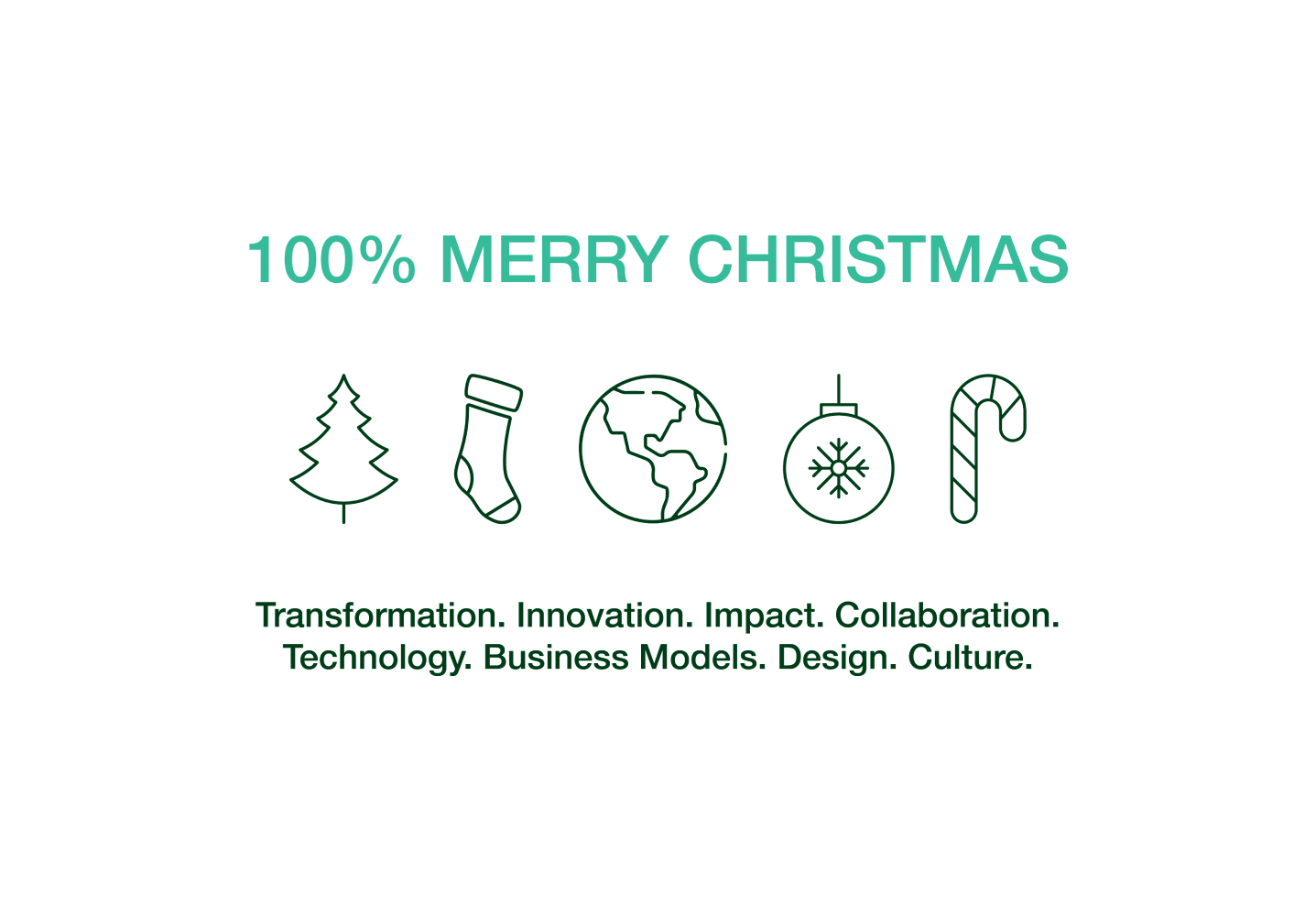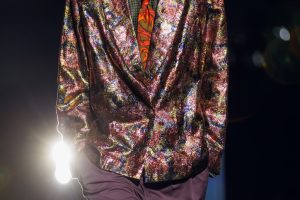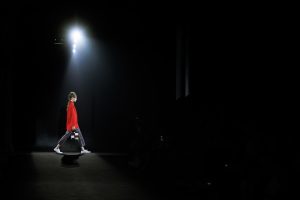

080 REBORN. 4th EDITION. Industry, talent and fashion
The fourth edition of 080 REBORN, driven by 080 Barcelona Fashion in collaboration with the Catalan Waste Agency (ARC) and Girbau LAB, consolidates a project that turns clothing reuse into an expression of creativity and innovation.
Held on October 17th, as part of 080 Barcelona Fashion Week, this new edition reaffirms the value of reuse and demonstrates how design, industry and education can work together to rethink fashion and extend the life of existing materials.
This edition, styled by Fermin & Gilles, draws inspiration from literature, taking us on an aesthetic journey where Victorian gothic meets modern rebellion, creating a dialogue between tradition and transgression.
Dandyism, time, and identity are explored through second-hand garments transformed into unique creations. Each look tells stories of the past that project into the future — a living example of circularity applied to design.
In its second part, the show dives into the vibrant universe of the 1960s, reinterpreting elegance and luxury through a conscious and open lens.
Inspired by literature, the show plays with contrasts: what was once exclusive becomes democratized, imperfection turns into beauty, and fashion becomes a tool for reflection and change.
Since its beginnings, Girbau LAB has collaborated with 080 REBORN to promote circularity in the textile industry, encourage a cultural shift in how we consume resources, and highlight the key role of textile treatment in extending the life and usability of fabrics.
Girbau LAB embraces reuse and textile treatment as a way of thinking and doing — capable of transforming how we produce, consume and understand fashion.
Video:© Hans Reyes
Fotos:© Gisela Jané

































